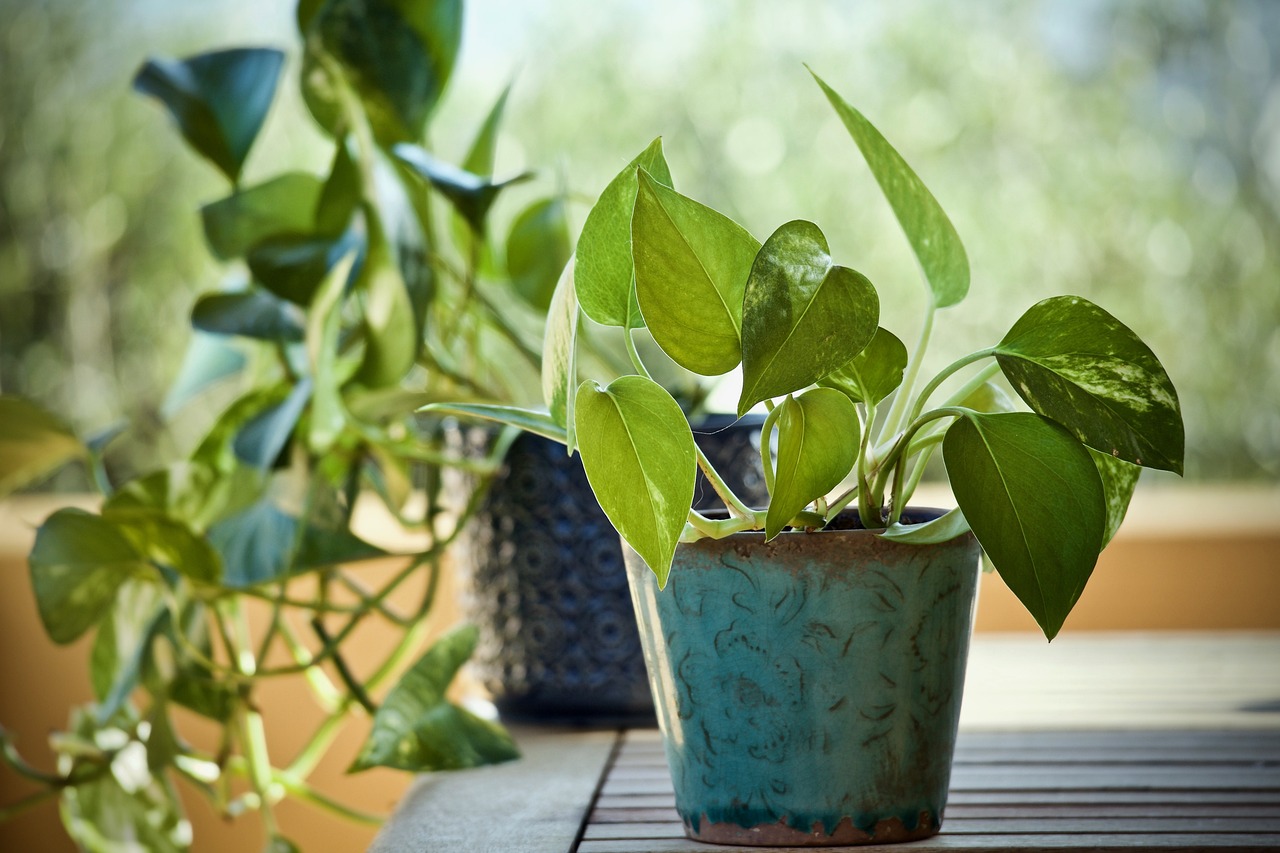Bringing houseplants into your home is one of the easiest ways to add life, color, and fresh air to your space. But with so many different types of plants available, choosing the right one for your home can be a bit overwhelming. Whether you’re a seasoned plant parent or a first-time grower, understanding how to match the right plant to your home environment and lifestyle is key to success.
In this post, we’ll walk you through the steps to selecting the best houseplant for your space, taking into account factors like light, humidity, maintenance level, and your personal preferences. Let’s dive in!
Step 1: Assess Your Light Conditions
One of the most important factors to consider when selecting a houseplant is the light in your home. Different plants have different light requirements, and placing a plant in the wrong light environment can lead to poor growth, yellowing leaves, and even plant death. Here’s a quick breakdown of the three main types of light:
- Low Light: This is the light that comes from a north-facing window, or a spot that gets no direct sunlight. Plants that thrive in low light tend to be more tolerant of shade and require little light to survive.
- Examples: Snake Plant, ZZ Plant, Pothos, Peace Lily
- Medium Light: This is indirect light that comes from a window that gets some sunlight, but the rays are filtered. Plants in medium light are more flexible and will tolerate a little direct sunlight.
- Examples: Spider Plant, Philodendron, Calathea, Chinese Evergreen
- Bright Light: Direct sunlight from a south- or west-facing window provides bright light. These plants need a lot of light to thrive and may even need a few hours of direct sun each day.
- Examples: Succulents, Cactus, Ficus, Gerbera Daisy
Tip: To determine your home’s light levels, observe how much direct sunlight enters each room throughout the day. If you don’t have natural light in certain rooms, consider adding a grow light to support plants that need more light.
Step 2: Consider Your Space and Size of the Plant
Before you select a plant, think about where you’ll be placing it. The size of your space and the plant’s potential growth sh
ould be considered to ensure that the plant has enough room to thrive.
- Small Spaces: If you live in an apartment or have limited space, opt for compact plants that won’t take up too much room. Succulents, Pothos, and Snake Plants are great for small spaces, as they don’t grow too large and are easy to care for.
- Larger Spaces: If you have more space to work with, you can go for larger plants that make a statement in the room. Consider adding a Fiddle Leaf Fig, Bird of Paradise, or Rubber Plant to your space for a striking look.
Tip: Make sure to consider the plant’s growth rate as well. Some plants, like Pothos and Philodendron, can grow quickly and require regular pruning, while others, like Cacti and Succulents, grow much slower.
Step 3: Assess Your Time and Commitment Level
Different plants have different maintenance needs. Some plants are very low-maintenance and can thrive with minimal care, while others require a bit more attention to detail. When choosing a plant, think about how much time you can realistically devote to your plant care routine.
- Low-Maintenance Plants: If you’re a busy person or new to plants, choose plants that are forgiving and can tolerate a bit of neglect.
- Examples: Snake Plant, ZZ Plant, Pothos, Spider Plant
- Medium-Maintenance Plants: These plants require regular care, but they’re still relatively easy to manage once you get into a routine.
- Examples: Peace Lily, Philodendron, Calathea
- High-Maintenance Plants: Some plants need a lot of care and attention to thrive. They may need frequent watering, specific humidity levels, or careful monitoring.
- Examples: Orchids, Ferns, Venus Flytrap
Tip: If you’re new to houseplants, start with something that doesn’t require too much attention, like a Snake Plant or Pothos. Once you feel more confident, you can try plants that require more specific care.
Step 4: Consider the Humidity Levels in Your Home
Humidity plays a significant role in the health of certain plants, especially tropical varieties. If you live in a dry climate or have heating systems that reduce humidity in your home, you’ll need to choose plants that are more tolerant of dry air or make adjustments to increase humidity.
- Low Humidity-Tolerant Plants: These plants can tolerate drier air and are great for homes with low humidity levels.
- Examples: Snake Plant, ZZ Plant, Pothos, Aloe Vera
- High Humidity-Preferred Plants: These plants thrive in humid conditions and will need extra care if your home’s air is dry.
- Examples: Ferns, Calatheas, Peace Lilies, Spider Plants
Tip: If you have plants that require higher humidity, you can boost moisture by placing a humidifier nearby, grouping plants together, or placing a shallow tray of water near the plant.
Step 5: Think About Your Personal Style
Your houseplants should complement your personal style and the aesthetic of your home. Think about the type of vibe you want to create in each room. Do you want lush greenery, or are you drawn to minimalistic, sculptural plants? Consider the plant’s foliage, texture, and color when making your selection.
- Bold & Sculptural: If you love a bold look, go for plants with large leaves, such as Fiddle Leaf Fig, Bird of Paradise, or Monstera Deliciosa.
- Soft & Subtle: For a more subtle vibe, Spider Plants, Pothos, and Philodendron offer trailing vines and delicate leaves.
- Succulents & Cacti: If you’re drawn to modern, minimalist design, Succulents and Cacti add unique forms and a bit of spiky character to your home.
Tip: Use decorative pots or planters to tie the plants into your home’s design, and consider plant stands or shelves to display your collection.
Step 6: Know What You Want to Achieve
Finally, think about what you want your houseplants to do for you. Do you want a low-maintenance, easy-going plant that will sit in the corner, or are you looking for a plant that will clean the air and boost your mood?
- Air Purification: If improving air quality is your goal, opt for plants known for their air-purifying abilities, such as Snake Plants, Spider Plants, and Peace Lilies.
- Mood Boosting: If you want a plant that promotes relaxation and boosts your mood, consider plants with lush foliage, such as Fern, Bamboo Palm, or English Ivy.
Final Thoughts
Choosing the best houseplant for your home isn’t just about picking the prettiest plant—it’s about finding the right fit for your living space, light conditions, and lifestyle. By assessing your home’s light, humidity, available space, and how much time you can dedicate to plant care, you’ll be able to select the perfect plant that will thrive and enhance your living environment.
#HouseplantCare #IndoorGardening #PlantParenthood #GreenThumb #Houseplants #HomeDecor #PlantLovers

